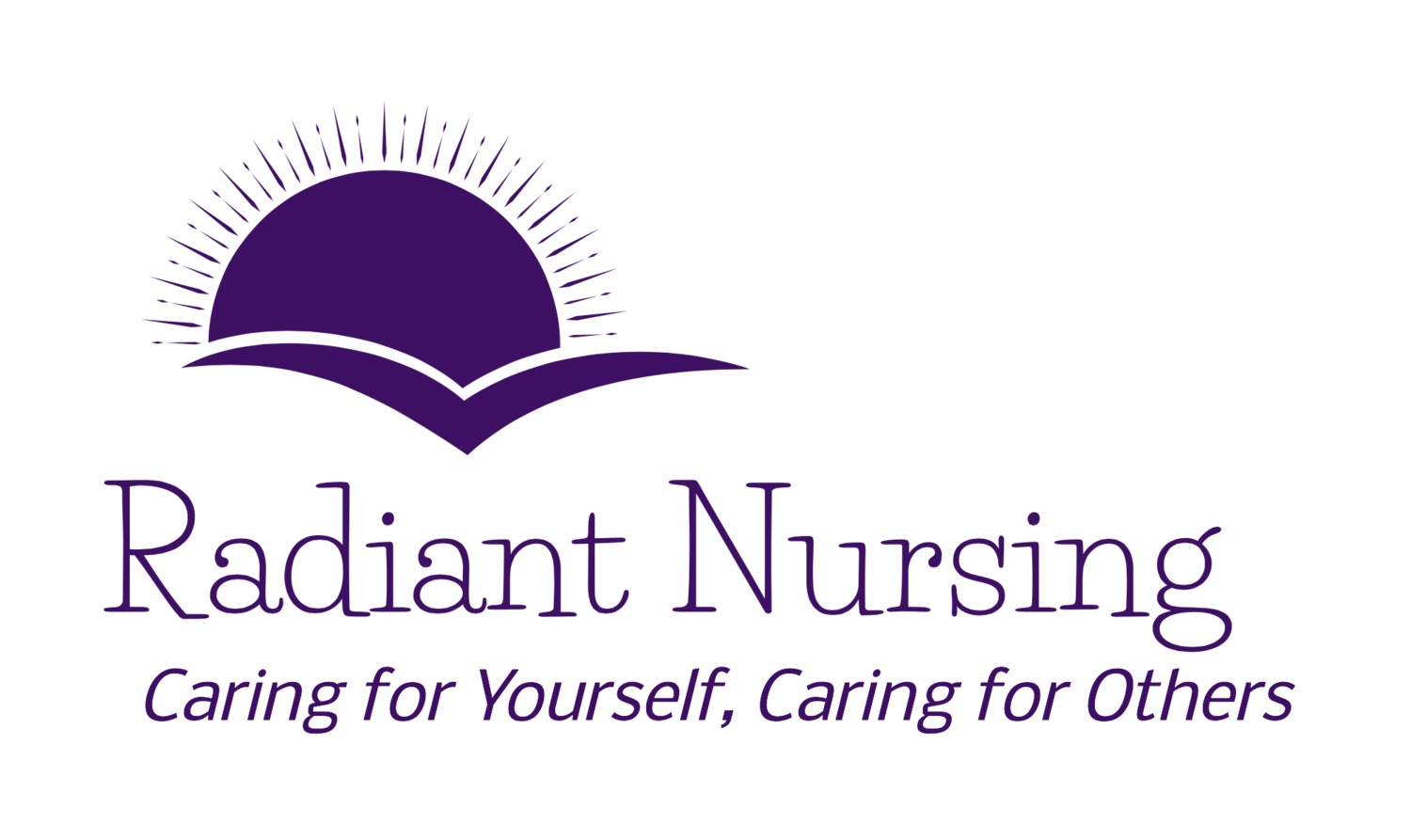O Holy Night
/It's Christmas Eve
A hush falls across the land as we gather for Christmas Eve.
We finish our Christmas shopping and gather with family and friends. We light candles and offer prayers. Midnight mass is chanted in churches large and small.
We spiral into Christmas Eve on stars of light.
A Star In The East
“And for a moment, the sky stood still while a new star was born.”
Suspended in the firmament, a powerful star sparkled and beckoned. Wise men followed the light. It's possible that an alignment of the stars is what drew the astrologers as far back as...
April 17, 6 BC when the Sun, Jupiter, the Moon and Saturn aligned in the constellation Aries while Venus and Mars were in neighboring constellations.
The star could have appeared up to two years before the wise men arrived in Jerusalem.
Grant Mathews, a Notre Dame astrophysicist, believes the wise men were "Zoroastrian astrologers who would have recognized the planetary alignment in Aires as a sign a powerful leader was born."
“In fact, it would have even meant that this leader was destined to die at an appointed time, which of course would have been significant for the Christ child, and may have been why they brought myrrh, which was an embalming fluid.
Saturn there (in that part of the sky) would have made whoever was born as a leader, a most powerful leader, because Saturn had the strength to do it, in their view.”
Christmas Is In Our Hearts
Perhaps you spend Christmas with a large, noisy family or maybe your Christmas night is at home with a beloved pet. If you have studied The Radiance Technique® (TRT®), allow yourself some extra time for TRT® hands-on.
Amidst all the gatherings and activities, the light burns bright and we can tap into that expanding light in our meditations. Hold yourself close to the light.
Remember that Christmas exists in our hearts.
Today we are all wise men when we follow the light in our own hearts.







